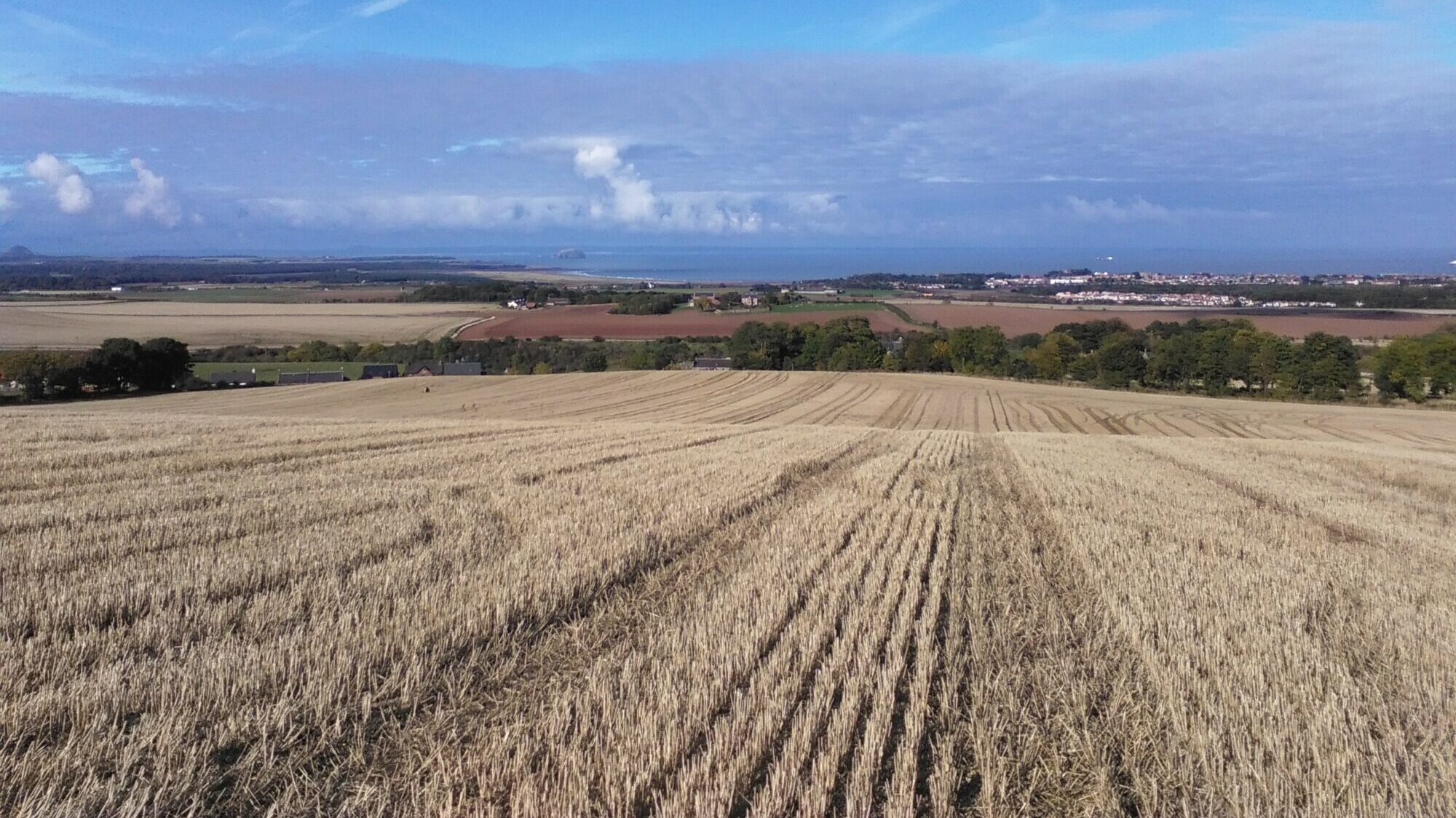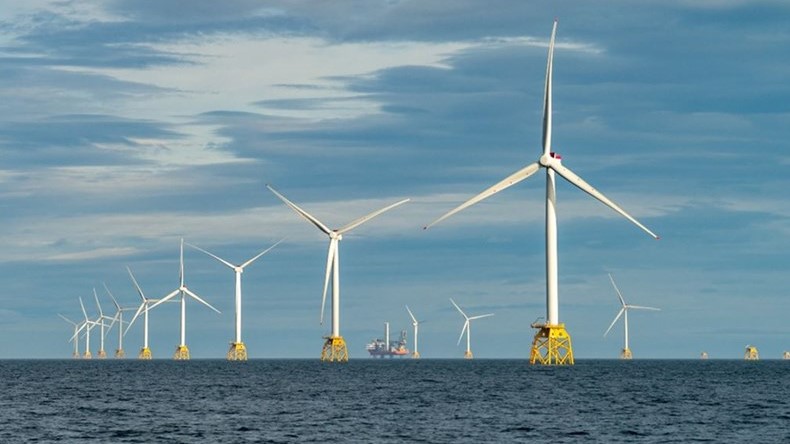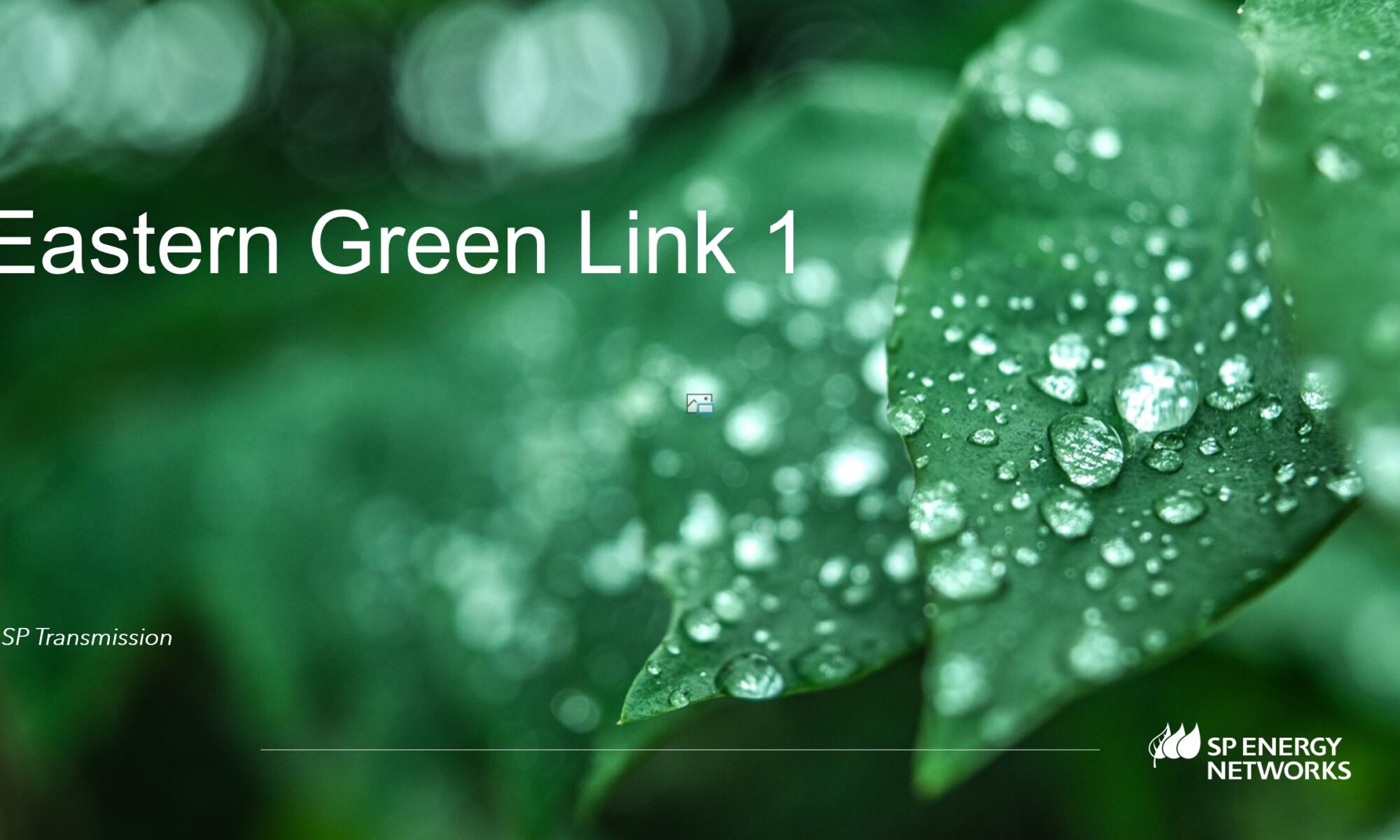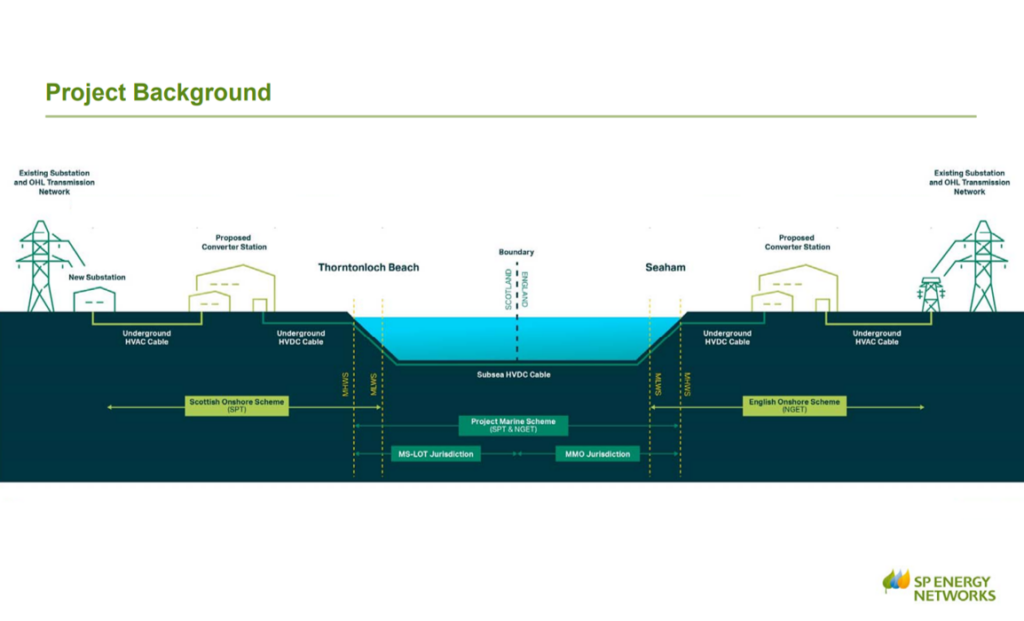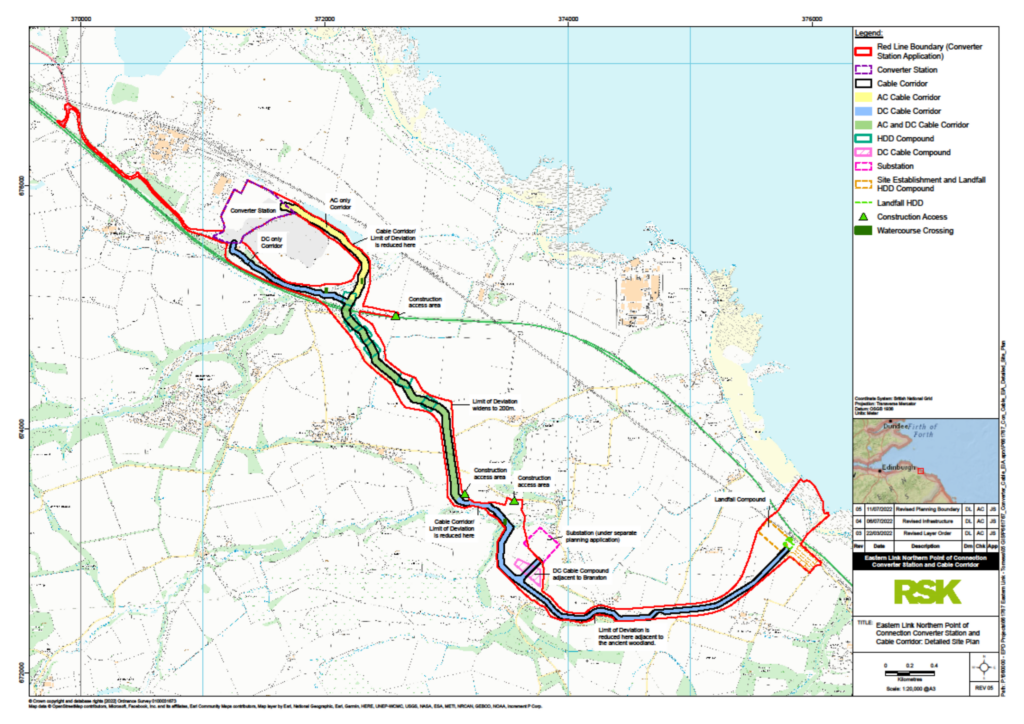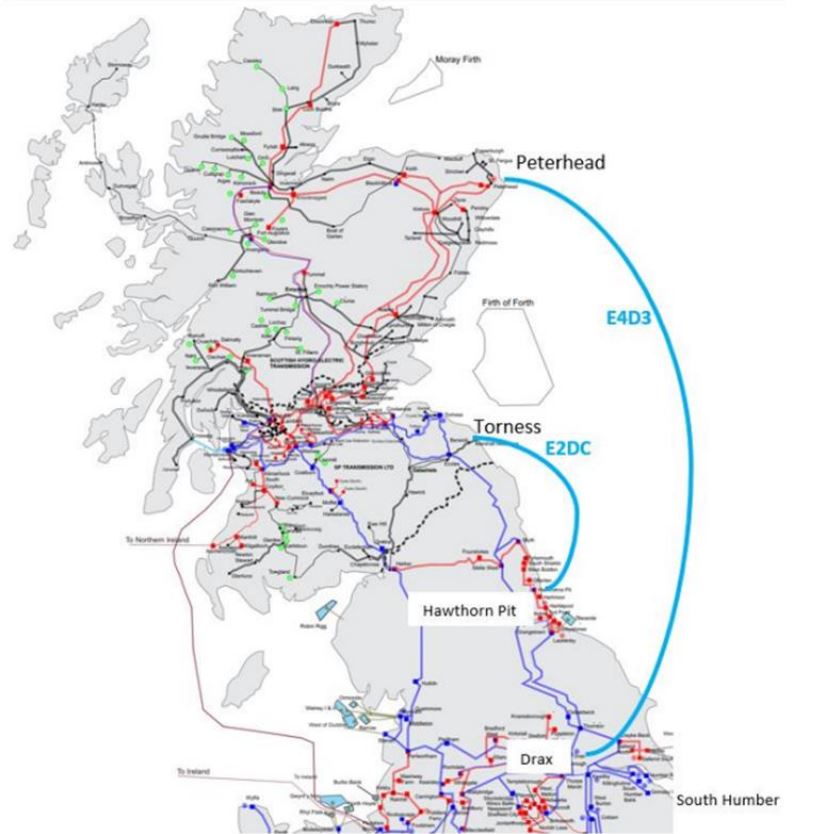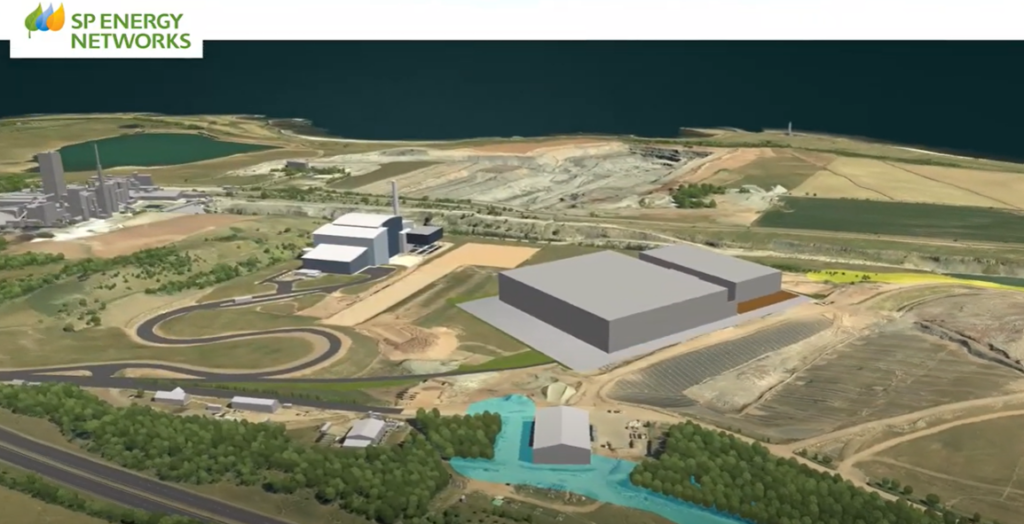Located in the North Sea, in the outer Firth of Forth, Berwick Bank Offshore Wind Farm has the potential to deliver up to 4.1 GW of installed capacity, making it one of the largest offshore opportunities in the world.
Berwick Bank Wind Farm is in the development stage and previously the project was comprised of two separate proposals, Berwick Bank Wind Farm and Marr Bank Wind Farm. Following initial rounds of consultation, it has been decided to combine our proposals into one single opportunity – Berwick Bank Wind Farm.
The Project has secured two connection points to the UK electricity grid. One in East Lothian and another in the Blyth area of Northumberland
1. At 4.1 GW, Berwick Bank Wind Farm will play a crucial role in meeting the Scottish Government’s targets of 11GW of new offshore wind by 2030.
2. Over ten years SSE Renewables has conducted one of the world’s largest aerial bird surveys and has an enormous amount of data on the site enabling SSE Renewables to refine our proposals and put forward a more environmentally friendly design.
3. Berwick Bank can generate enough clean, renewable energy to power over 5 million homes, equivalent to supplying all of Scotland’s households twice over.
4. A maximum of 307 turbines, approx. 38km off the East Lothian coast line, with 6 offshore substation platforms, up to 8 offshore export cables onto land, underground cabling from landfall (Skateraw) to our proposed substation or convertor station site (near Innerwick) and further underground cabling to connect to our grid connection point at Branxton (Scottish Power Energy Networks).
5. A construction traffic management plan will be developed upon the appointment of our Tier 1 contractors. This will not happen until the the planning process has been concluded and should be consultation with local communities to minimise disruption where possible.
6. Onshore enabling works could commence mid 2024 depending on the planning process. A typical onshore construction programme of this scale could take approx. 18-24 months to complete.
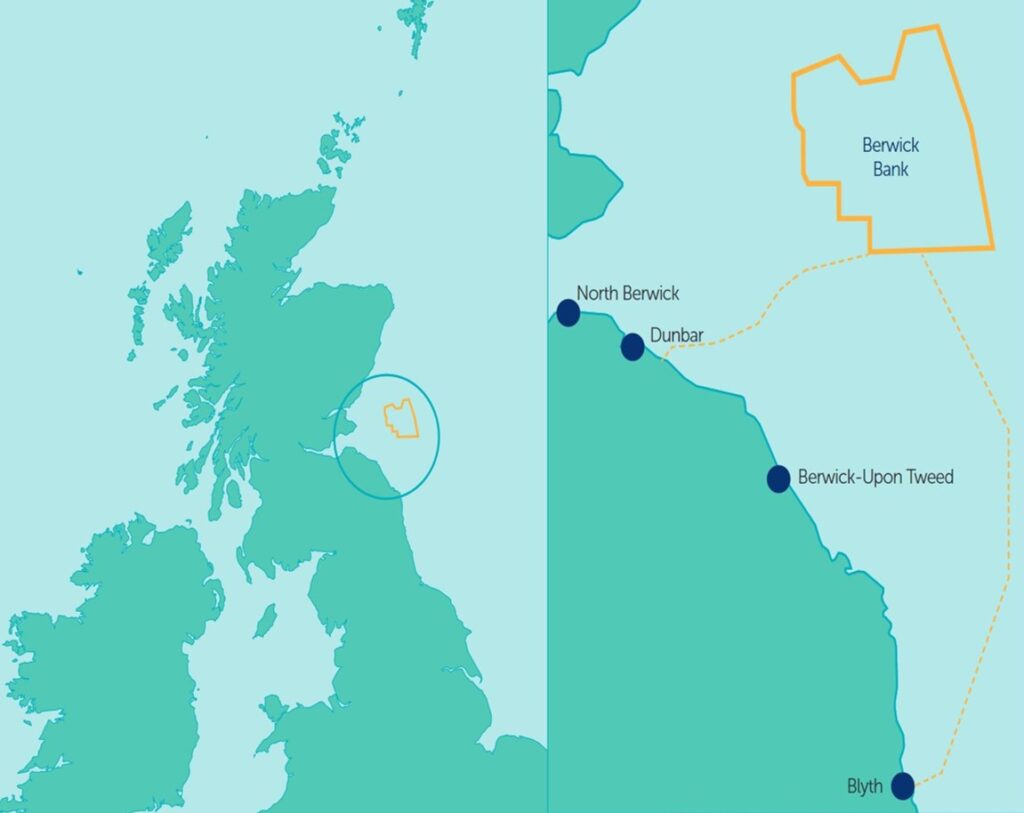
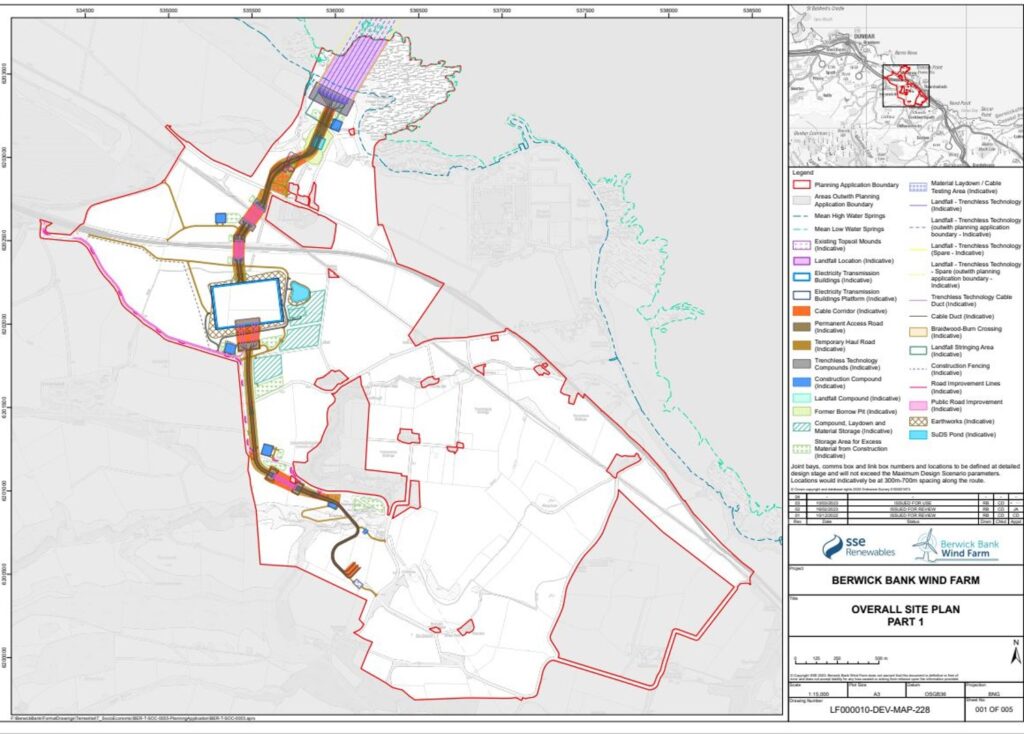
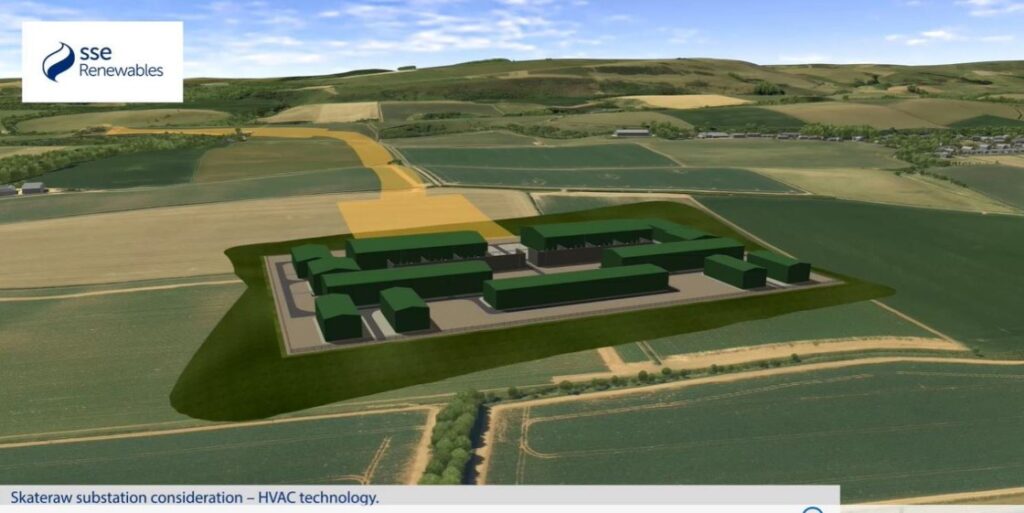
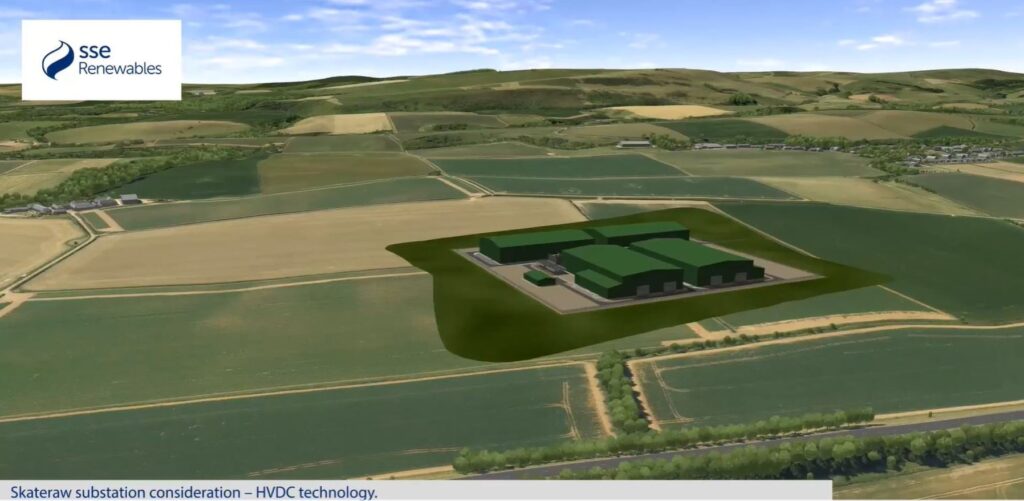
Berwick Bank Wind Farm should bring a wealth of opportunity for businesses of all sizes across a wide range of disciplines and the aim is to utilise as many local, Scottish and UK based suppliers where possible throughout all stages of development and operation.
If you have any questions about these projects you can get in touch via e-mail at berwickbank@sse.com
